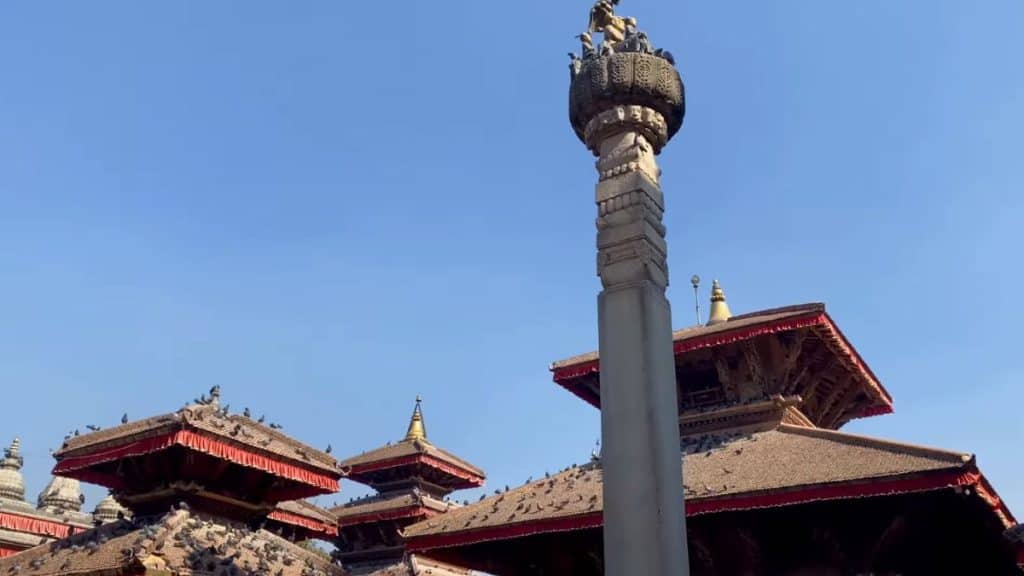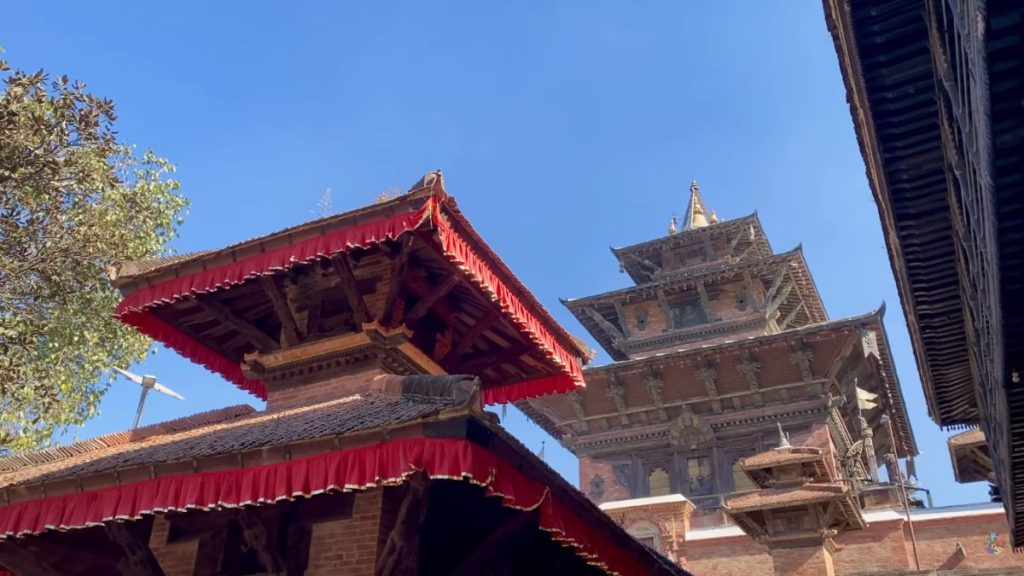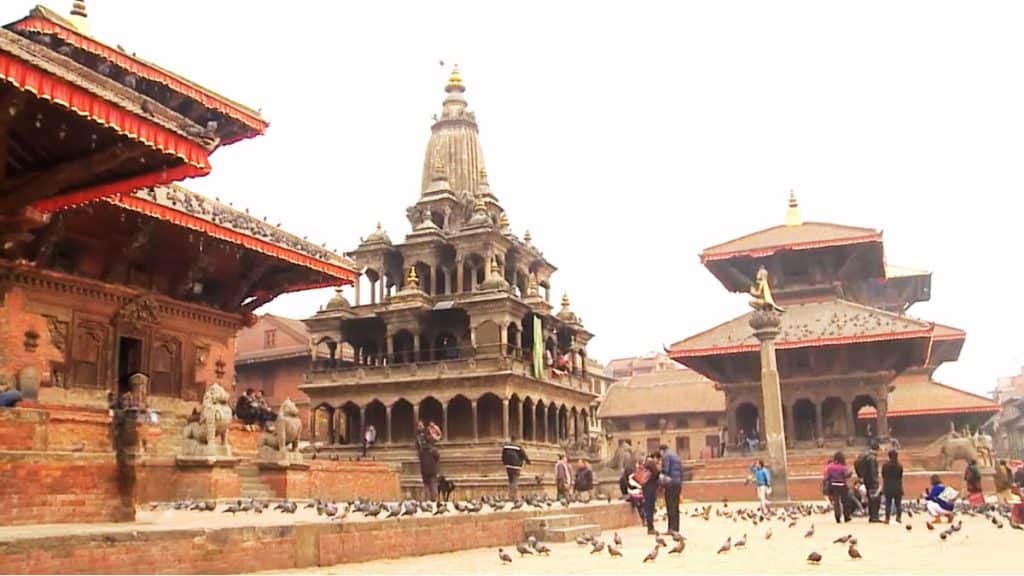The architectural designs of Nepali temples are influenced by different cultural and religious traditions. The architectural design of the Nepali temple is made of a mixture of traditional and modern design. Nepali temple design reflects the rich cultural, spiritual history of the country. Many temples in Nepal are designed in the shikhara and pagoda style. These spires, known as “shikhara,” are often adorned with intricate carvings and painted with bright colors. The walls of Nepali temples are also often adorned with intricate carvings and paintings, depicting religious themes and stories.
Contents

Architectural Designs of Nepali Temple
Of the many architectural designs of the Nepali temple, one of the most striking is the pagoda. The pagoda temple originated here and is said to have derived from the practice of animal sacrifice.
Nepal has a diverse architectural tradition, with a number of different styles of temples found throughout the country. Some of the traditional temple styles of Nepal include:
- Pagoda Style Temple
- Shikhar-style temples
- Stupa-style temples
- Chaitya-style temples
- Pancha Ratha-style temples
- Bhairava-style temples
Pagoda Style Temple
Most pagodas stand on a square base, or plinth, of brick or wood. It has two to five roofs, each smaller than the one below. The uppermost roof is usually made of metal and gilded, as are frequently the lower ones. The buildings are richly adorned with carved pillars, struts, doors, and other woodwork. Most decorative carvings are of various deities of all sizes and shapes. Such as gods with many arms or deified, humanized animals, often in erotic poses.

The deity to whom the temple is dedicated is usually housed on the ground floor. The upper levels are more decorative than functional. Some art historians believe that the receding upper tiers are intended to represent the umbrellas that protect the deity from the elements. Above the main entrance is a semi-circular tympanum or to-Rana usually with the enshrined deity as the central figure. The Changu Nararayan Temple in Bhaktapur is considered the most impressive pagoda in the country.
Shikhar Style temple in Nepal
Although the shikhara is of northern Indian rather than Nepali origin. Many of Nepal’s temples follow its architectural form. Shikara is a simple square tower of bricks or stones and mortar, with a small room at the base that houses the god or goddess. Variations on the shikhara have pillars, balconies, and surrounding interconnected towers, which may also house deities.

The Krishna Mandir in Patan is an excellent example of a stone shikhara. The most exciting shikar in Nepal is the Mahabuddha, the Temple of One Thousand Buddhas, also in Patan. This shikhara is built with bricks, each containing an image of Buddha.
Stupa style temple in Nepal
These types of temples are large, dome-shaped structures. It represents the enlightened mind of the Buddha. Stupa-style temples are found throughout Nepal. Usually surrounded by small temples and other religious structures.
The Buddhist stupa is the oldest and most straightforward of Nepali art forms. On its base, most often a stepped pyramidal platform is a solid hemispherical mound in white adorned by a spire. The hill represents the universe, and the pairs of eyes on the four sides of the spire symbolize the four steps between the dome and the spire representing the 13 degrees of knowledge needed to attain nirvana.

The canopy that surmounts the top of the spire represents nirvana. Each stupa is usually ringed by a prayer wheel, each of which is given a twirl by devotees as they circle the shrine clockwise.
The oldest known stupas in Nepal are those erected by Ashoka in Patan, but the most famous are those of Swayambhunath and Bodhnath.
Chaitya-style temples
The structure of these temples is like a big rectangular hall. It has high ceilings and a beautifully carved entrance. The walls of Chaitya-style temples are often adorned with intricate carvings and paintings.
Pancha Ratha-style temples
They are generally made in the shape of a chariot. It is used for religious ceremonies and rituals.
Bhairava-style temples
These temples are dedicated to Bhairava, the fierce form of Shiva. They are characterized by their small size and are often adorned with intricate carvings and statues of Bhairava.
The Gompa and the Hindu Monastery
Another form of architecture indigenous to Nepal and neighboring Tibet is the gompa. It is the Buddhist monastery of the high-mountain regions. Although they follow a reasonably simple floor plan. All gompas are finely adorned and embellished and many dates back to the time of Ashoka.
The most striking example of this architecture in Nepal is the Thangboche monastery at Khumbu, near Mount Everest. There are about 400 Buddhist monasteries in Kathmandu valley, and this number may change over time. Those near the stupa at Bodhnath are open to visitors.
Of a more intricate style are the Hindu monasteries, thirty of which are located in the Kathmandu valley. These serve as centers of Hindu study and learning. The most beautiful is probably the Pujahari Math in Bhadgaon.

